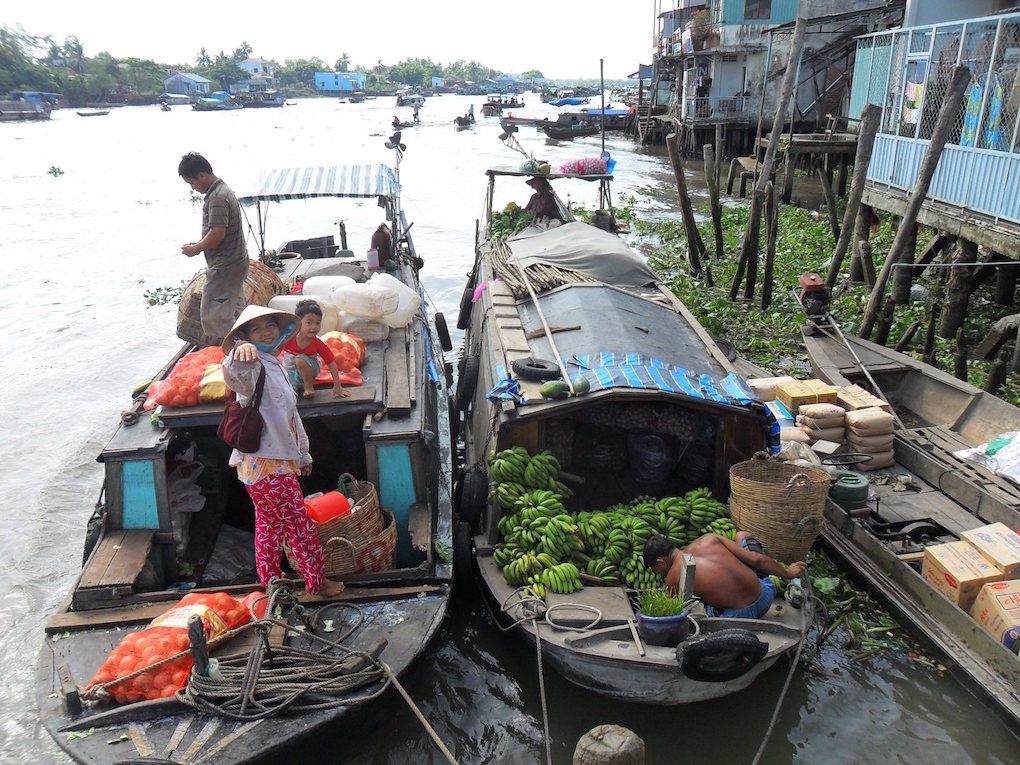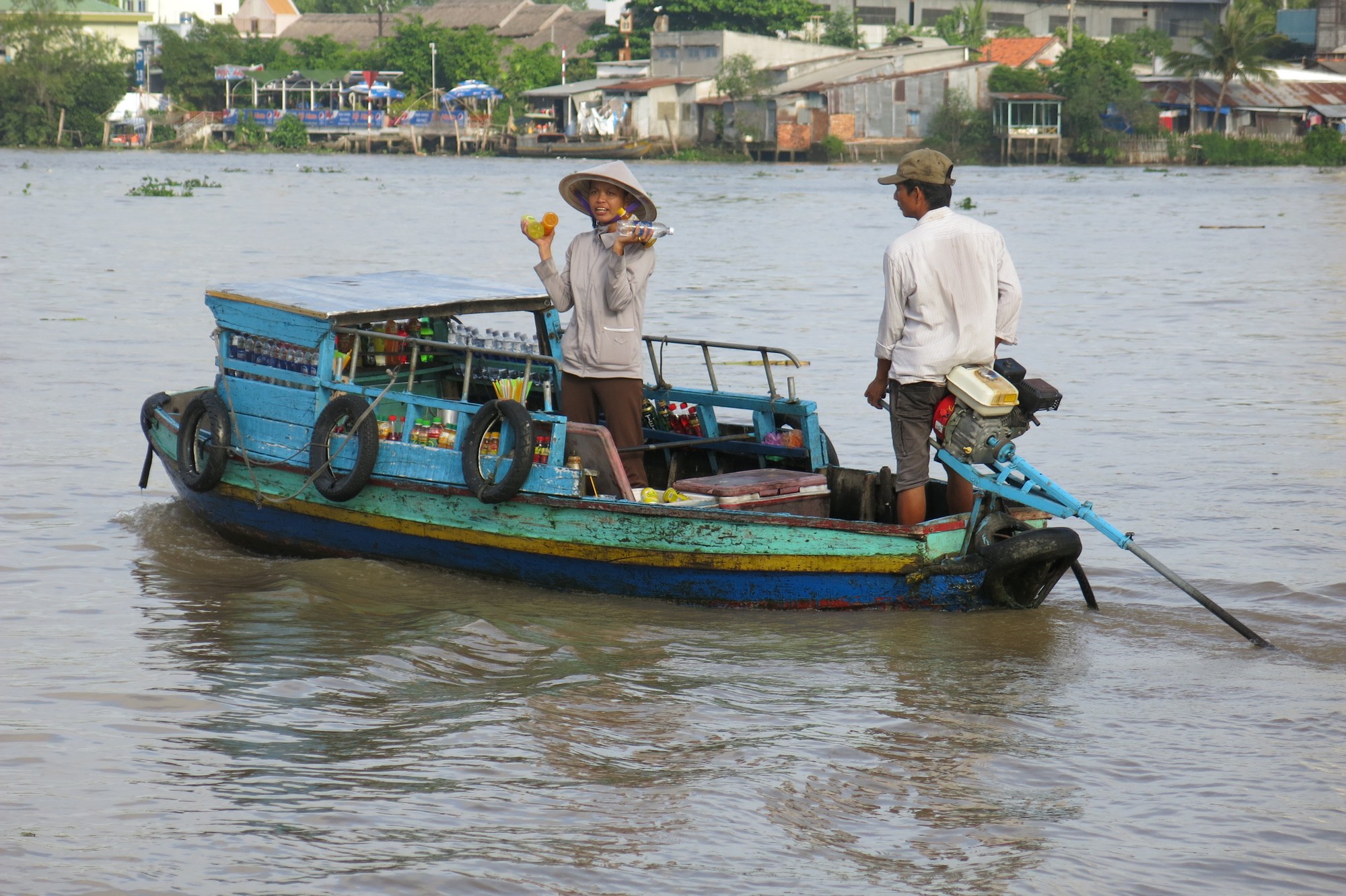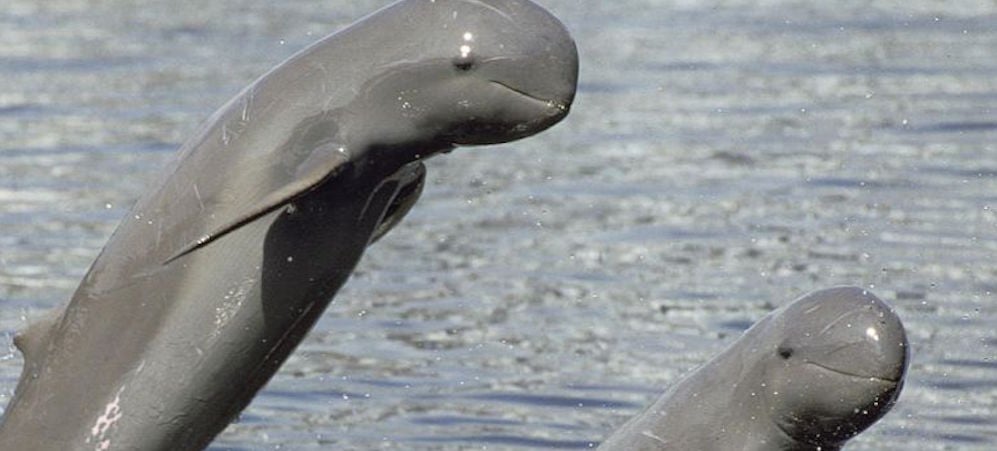The current severe drought and rise in sea level has caused saline intrusion in the Sai Gon and Dong Nai rivers. The two rivers supply raw water to more than 10 million residents and to businesses.
The high saline rate along with household and industrial pollutants in the river water has threatened the city’s water supply.
Water treatment plants in HCM City have had to shut down numerous times because raw water taken from the Sai Gon and Dong Nai was below standard.
The salinity rate in the rivers is at the highest level of the last five years, affecting operations of some of the pumping stations that supply water to the city.
Water pollution has become more serious in the Dong Nai River, which supplies 4,000 cu.m water per person in HCM City each year.
According to Bach Vu Hai, deputy general director the Sai Gon Water Corporation (Sawaco), the saline rate rises three or four times a day depending on the tides, and lasts several hours each time. This has forced several water treatment plants to shut down.
Hai called on experts to propose various solutions to secure the water supply for the city.
A raw water reservoir could hold at least a day’s supply of river water when the salinity rate is high. Treatment plants do not have to draw water directly from the river and can continue normal operations.
With this solution, HCM City could have a secure water supply for an estimated two decades, or even more, experts said.
Rik Dierx, resident project manager of the Dutch-funded project “Climate Change and Water Supply in the Mekong Delta and HCM City”, said that most of the main water treatment plants were located on the two rivers. However, the saline rate at various times over the last year exceeded 350mg per litre.
Last week, the saline rate in the Sai Gon River was 400mg per litre, interrupting operation of several water treatment plants.
When raw water was withdrawn for half a day, the water supply in the city will be endangered, said Rik, who emphasised the need for a water reservoir.
The maximum permitted salinity rate is 250mg per litre.
Besides dealing with extreme high chloride concentrations during high tides in the dry season, raw water storage reservoirs could also be used during industrial or agricultural spills, Rik said.
This year Sawaco’s water treatment plants had to stop taking water at least four times.
The Netherlands faced similar incidents in the 1960s and water storage reservoirs were built to deal with the problem.
Dau Tieng was built to serve an irrigation system while the Trị An was built for hydro-power generation.
The two reservoirs were not built for water supply, and during the dry season they face water shortfall, said Associate Professor Le Anh Tuan of Can Tho University.
Tuan suggested construction of a water storage reservoir near Vam Co River, located near the Dong Nai and Sai Gon rivers.
The Vam Co Dong and Vam Co Tay rivers are domestic rivers while 85 per cent of the water in other rivers of the Mekong Delta was dominated by external factors that cannot be controlled.
Building a reservoir near the Vam Co Dong and Vam Co Tay rivers in Long An would be much easier than building in HCM City as land prices and land clearance expenses are much cheaper, according to Tuan.
The water quality in the river is much better in Dong Nai and Sai Gon since there is no saline intrusion in the rivers or industrial parks near there.
The distance between the reservoir and Sawaco’s water treatment plants is not far compared with those built in other areas in Tay Ninh or Binh Duong provinces.
At the workshop, stakeholders and independent experts were encouraged to develop an integral design for a multi-functional water storage reservoir, within a limited time and in a cooperative and creative spirit.
The intended outcome is a proposal that has the support of all parties involved.
Outcomes of the brainstorming sessions will be announced to the decision makers and senior officials of the city government on Friday.
Mekong Delta
Experts from the Viet Nam Association of Hydrogeology have warned that the Mekong Delta is facing a great challenge for water supply security, partly due to over-exploitation of ground water.
Associate Professor Dr. Doan Van Canh, of the association, said that only three per cent of the earth’s water is fresh water. And only 12 per cent of fresh water on earth can be accessed, but one per cent is surface water in rivers, adding to the decline of water in rivers and lakes in the Mekong Delta.
A recent survey conducted by the association shows that as of 2015, ground water level fell by 15 metres in the Mekong Delta. In the past years, ground water can be extracted 100 metres below the ground surface. Now, people have to dig 200 metres to access the water.
Furthermore, a huge amount of ground water is saline.
During the dry season, when surface fresh water becomes rare, ground water is over-exploited for daily use and aquaculture production.
In response to the Mekong River Delta water shortage, Tuan said that the delta did not face as serious water shortfall as HCM City. The issue was that water in the delta had not been used effectively.
“The Mekong Delta’s population is nearly double compared to HCM City’s. However the area is much bigger and the area where water is contained is huge,” Tuan said, adding that the use of more land for agriculture have shrunk the natural space for water storage in the delta.





